In the example below I would like to vertically merge like values in column 1 and then vertically merge like values in column 2 conditional on them being in the same group in column 1. Right now it currently merges "G2" across groups "a" and "b" from v1, which is not what I'd like. Is there a way to achieve this using a built in flextable function or like wise?
library(flextable)
dat <- data.frame(v1 = c(rep("a", 3), rep("b", 3), rep("c", 3)),
v2 = c("G1", "G1", "G2", "G2", "G3", "G3", "G4", "G5", "G6"),
v3 = c(1:9), stringsAsFactors = FALSE)
ft <- regulartable(dat)
ft <- merge_v(ft,j=c(1:2))

